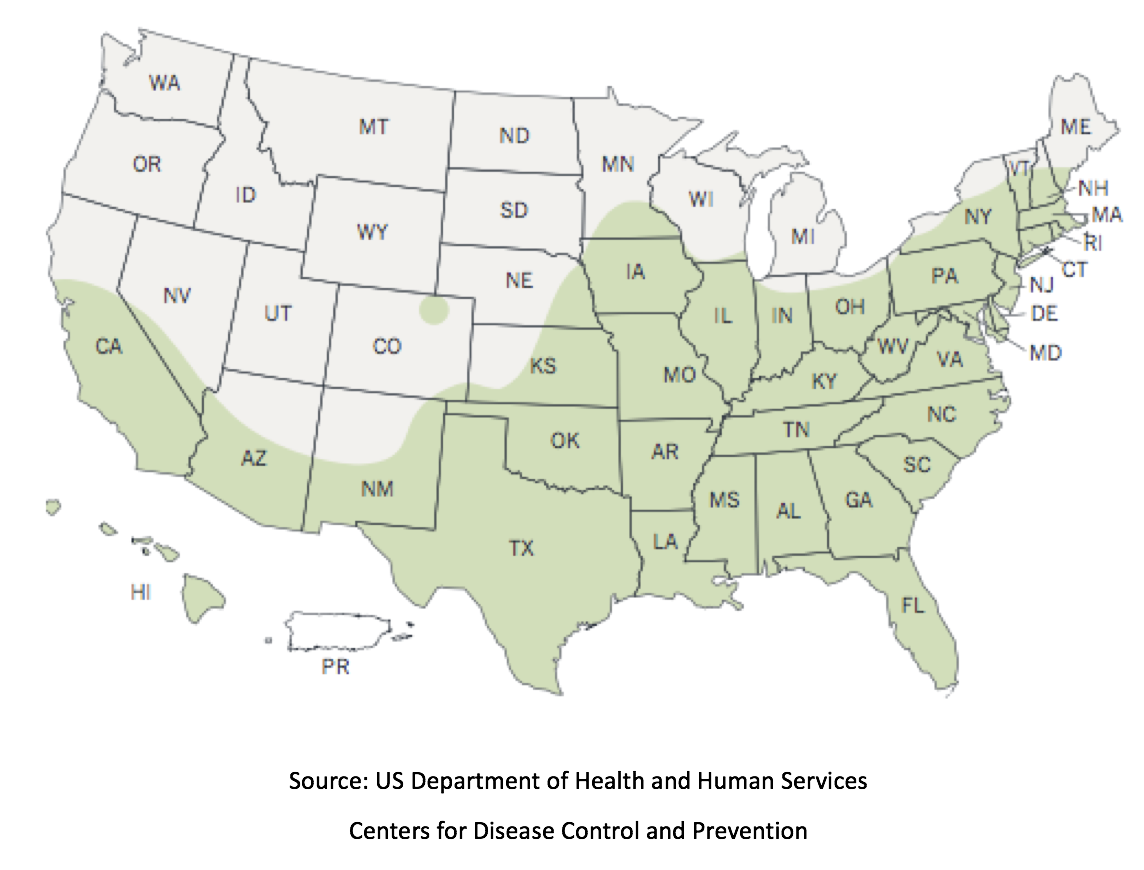Zika Virus Identified in Asian Tiger Mosquitoes in Brazil
Researchers report that Zika virus RNA was isolated in a number of Aedes albopictus mosquitoes in Bahia, Brazil.
The Zika virus is known to be transmitted by the Aedes aegypti mosquito; however, the virus has been identified in Aedes albopictus mosquitoes in Africa. Now, researchers report that they have identified Zika in a small number of A. albopictus mosquitoes in Brazil.
In March 2016, the World Health Organization (WHO) Regional Office in Europe published a Zika risk assessment statement identifying the potential spread of Zika throughout the “European Region,” and concluded that the A. albopictus, more widely known as the Asian Tiger Mosquito that is native to Southeast Asia, is potentially one of the two primary vectors of the Zika virus.
According to the statement, “Zika virus (in the family Flaviviridae, genus Flavivirus) is transmitted by female Aedes mosquitoes. The primary Aedes species vector of Zika virus worldwide is A. aegypti, which is responsible for the current outbreak in the Americas. A. albopictus has been shown to be able to transmit Zika virus in Africa and in laboratory settings.”
Although both mosquitoes are confirmed to transmit Zika, the main difference between the two vectors’ capability of transmitting the virus lies in each mosquito’s “vector capacity,” which is “the efficiency with which the mosquito transmits a disease.” When comparing the two vectors’ capacity, the main differences include that A. albopictus mosquitoes tend to bite outdoors and only feed once per life cycle, whereas A. aegypti bites indoors and can feed several times per life cycle. The WHO statement recommended that areas where either one or both types of mosquitoes are known to be present have vector surveillance and control programs in place.
WHO identified a number of countries in the European region that have an A. albopictus presence: Southeast Asia mosquito in Albania, Bosnia and Herzegovina, Bulgaria, Croatia, France, Germany, Georgia, Greece, Israel, Italy, Malta, Monaco, Montenegro, Romania, San Marino, Slovenia, Spain, Switzerland, Turkey, and Vatican City.

In the United States, the Centers for Disease Control and Prevention (CDC) provides a map indicating the presence of A. albopictus (and not Zika virus) in the United States, as per 2016 data. The vector has been identified in states primarily located in the southwestern, central, and eastern regions of the country.
Now, a team of researchers from several institutions are reporting in the Journal of Medical Entomology (JME) that Zika virus RNA has been isolated in A. albopictus mosquitoes in Camaçari, Bahia, Brazil. Of the 20 female and 19 male adult A. albopictus mosquitoes collected for the study, Zika RNA was identified in 3 female and 2 male mosquitoes. Although the number of Zika-infected mosquitoes was found to be small, more mosquitoes may be infected and are yet to be identified. For example, in a study recently published in Emerging Infectious Diseases, researchers from New York found that vertical transmission of the Zika virus in A. albopictus mosquitoes was possible in the laboratory. This means that a Zika-infected female A. albopictus mosquito can pass infection on to its larvae; since a single female mosquito typically lays hundreds of eggs, the three female Zika-infected mosquitoes identified in Brazil may have infected hundreds of larvae.
“Our results mean that Aedes albopictus may have a role in Zika virus transmission and should be of concern to public health. This mosquito is found worldwide, has a wide range of hosts and has adapted to colder climates. The role of this mosquito in Zika virus transmission needs to be assessed,” stated one of the JME study authors, Chelsea Smartt, PhD, associate professor at the Florida medical Entomology Laboratory at the University of Florida, in a press release.
There have been approximately 110,000 cases of Zika virus in Bahia since the beginning of the Zika virus outbreak in the South American country.
